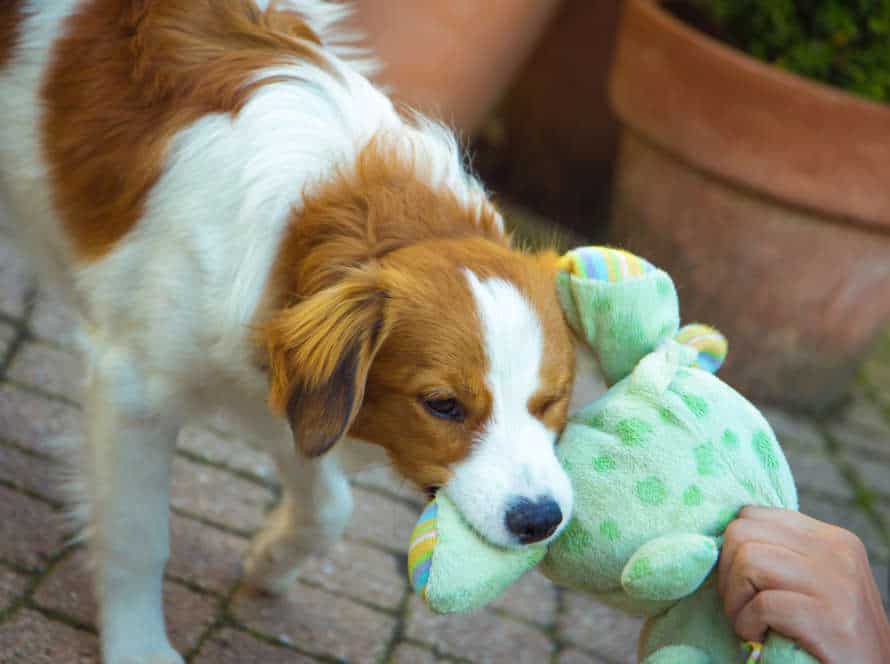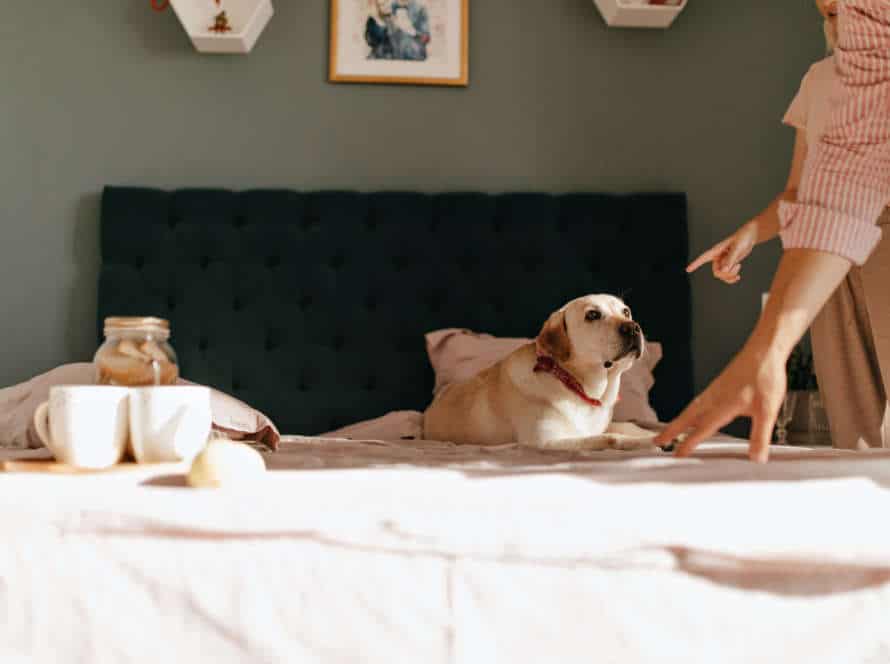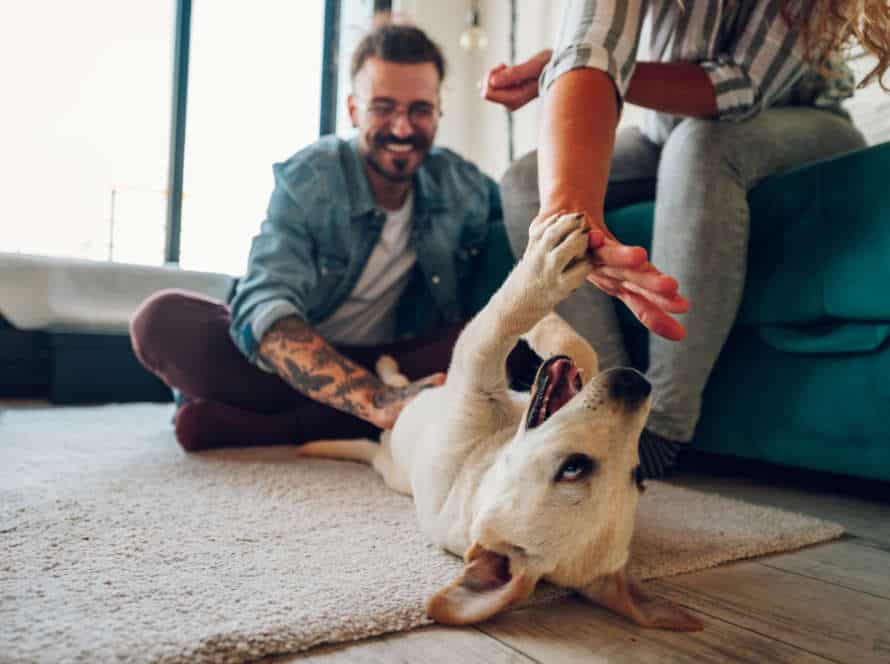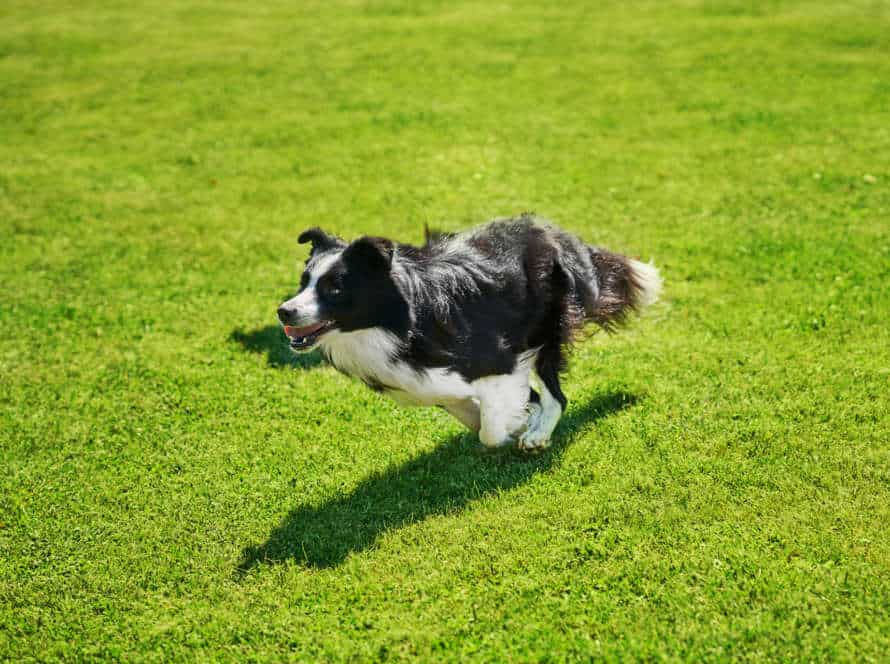How to Reinforce Loose Leash Walking for Consistent Performance
Loose leash walking is a must for any pup parent! But, when your dog’s performance is inconsistent, what do you do? Reinforcing loose leash walking is the key to success. Here’s how:
- Use rewards your dog loves. Treats, toys, or something special!
- Reinforce good behavior by rewarding only when they walk nicely by your side. No punishing!
- Keep a consistent command like “heel” or “let’s go”.
- Practice often in different places. Backyard, park, or sidewalk.
- Have patience. Reinforcing takes time.
Pro tip: If your pup is easily distracted, try a head halter or no-pull harness.
Understanding the Basics of Loose Leash Walking
Loose-leash walking is key for your pet! For consistent performance, you must understand how to reinforce it. Let’s start with the basics.
This section will discuss the fundamental steps for reinforcing loose-leash walking. Plus, we’ll give you some tips for success!
What is Loose Leash Walking?
Loose leash walking is a training technique for dogs to not pull or lunge on a leash. It means teaching your pup to stay close when walking. Here are the basics:
- Use a standard collar and leash or a harness that clips in front.
- If your dog pulls, stand still, and then start walking again when they come back to you.
- Reward your dog with treats or words when they stay calm.
- Consistently reinforce loose leash walking on daily walks, increasing the time gradually.
- Be consistent – correct them when they pull and reward them when they stay close.
With time, patience, and consistency, loose leash walking can become natural and fun for everyone.
Why is Loose Leash Walking Important for Dogs and Owners?
Loose leash walking is a must-know skill for dogs and their owners. It makes walks more enjoyable and safe.
To train your pup to walk without pulling, you need to teach them to stay calmly at your side.
Use positive reinforcement like verbal praise, treats, and toys to reward them when they do well.
Avoid using force or punishment, that only causes fear and aggression.
Pro tip: For a comfortable and secure walk, use a well-fitted harness that prevents choking.
Common Mistakes to Avoid
It’s important for any dog owner to master loose leash walking with their pup. But there are some pitfalls to avoid for successful reinforcement.
Here’s what not to do:
- Pull on the leash. This signals to your pet that it’s time to move forward, which is not the goal!
- Be inconsistent. Consistency is key when teaching loose leash walking. Inconsistency can lead to confusion and no progress.
- Lack patience. Loose leash walking takes time and requires patience. Don’t rush the process or you’ll just be frustrated.
- Use the wrong tools. Retractable leashes or harnesses make it harder to reinforce, so opt for a regular leash and collar.
By avoiding these mistakes, you and your pup can enjoy your daily walks even more!
Reinforcing Loose Leash Walking
Dog owners – listen up! If you want your pup to walk perfectly on a leash, you’ll need consistency and patience. This article will tell you how to get started reinforcing loose leash walking. Plus, some top tips for mastering the perfect leash walk with your dog. Get ready to show off your pooch’s leash walking skills!
Reinforcement Techniques for Loose Leash Walking
Reinforce loose leash walking in dogs with these 3 techniques!
- Positive Reinforcement: Reward your pup when they stay on a loose leash. Treats, verbal cues, and affection are all great forms of reinforcement.
- Clicker Training: Use a clicker to pair a sound with a treat. Click whenever your dog walks on a loose leash. Eventually, the click will signal them to keep walking nicely.
- Changing Directions: If your dog pulls or walks with a tight leash, change direction suddenly. This will let them know that a tight leash doesn’t mean you move forward. Then, reward them for going back to a loose leash.
Remember to be consistent and give positive reinforcement. With patience, your pup can learn to walk on a loose leash and make walks more enjoyable.
Using Positive Reinforcement to Train Loose Leash Walking
Positive reinforcement is a great way to train your dog to walk on a loose leash. Here’s how you can do this:
- Give your pup short walks and reward them with a treat if they stay beside you and don’t pull the leash.
- Use treats that your pup loves, and give them only when they show the right behavior.
- Clicker or say “yes” to mark the behavior and offer a treat straight away.
- Step by step, increase the length and distance of the walk, and continue to reward good behavior with treats and praise.
- Be consistent with the training and avoid punishing your pup for leash pulling. This can cause fear and anxiety.
With patience and consistency, positive reinforcement is an effective tool for training your pup to walk on a loose leash.
Handling Common Challenges When Reinforcing Loose Leash Walking
Loose leash walking can be tricky to reinforce. With consistent practice and patience, however, you can have a well-trained pooch. Here are some common troubles and how to deal with them:
Distractions: If your pup gets distracted, stop walking and wait for them to look at you. Give positive reinforcement when they return their attention to you.
Pulling: If your dog pulls on the leash? Stop walking and change directions. Use positive reinforcement when they walk calmly beside you.
Lack of consistency: Consistency is key to reinforcing loose leash walking. Set aside time each day to practice. Use the same commands and reward system each time.
Pro Tip: Don’t punish your dog for misbehaving during walks. This could lead to anxiety and fear, making them act out more in the future. Encourage good behavior with positive reinforcement.
Strengthening Loose Leash Walking Skills
Teach your pup loose leash walking for consistent performance. It helps them understand that you are in charge of the walking pace. So, they don’t pull on the leash. There are many techniques to reinforce this. We will look at them carefully in the next part.
Practice Essential Commands for Successful Loose Leash Walking
Essential commands are a must for successful leash-walking with your pup! These commands help teach good walking habits and make it enjoyable for you and your furry friend.
Here’s some commands to get you started:
- “Let’s Go!” – Tell your pooch to move forward with you.
- “Stop” – Signal your dog to stop.
- “Easy” – Encourage your pup to slow down.
- “Heel” – Remind your dog to stay close to you.
- “Leave It” – Redirect your dog when there are distractions.
Be consistent with these commands and your pup will learn the right walking style, and won’t pull on the leash.
Pro tip: Use rewards like treats and praise to encourage good behaviour while using these essential commands.
Mastering Basic Techniques for Successful Loose Leash Walking
Loose leash walking is a must-know skill for every dog owner! Here are some basic tips for training success:
- Start inside, in a relaxed atmosphere.
- Use positive reinforcement like treats, compliments, and cuddles.
- Utilize one-word commands like ‘heel‘ or ‘let’s go‘ consistently.
- Avoid areas with too much noise, or a lot of people, so your pup stays focused.
- And of course, practice, practice, practice!
Pro tip: Keep your body language relaxed, and adjust your pace to your dog’s movements for maximum comfort.
Continuously Improving Skills with Consistent Reinforcement Strategies
Training your pup to walk on a loose leash can be tricky. For better results, use reinforcement strategies regularly. Here’s how:
- Positive Reinforcement: Give treats, praise or toys when they obey. This promotes good behaviour and discourages bad.
- Practice: Commit time to teaching them to always walk on a loose leash. Start small, then increase time and distance.
- Correcting Mistakes: Don’t punish for pulling; stop until they come back or change direction. This teaches the proper way.
- Consistency: Reinforce good behaviour often and be consistent with training. This motivates learning and reinforces positive behaviour.
With regular reinforcement, your pup’s loose leash walking will be enjoyable and manageable for you both!
Tools and Resources for Loose Leash Walking
Reinforce loose leash walking successfully! Get the right tools. Head halters, martingale collars, treats, and clickers are all useful. This section will tell you all about the resources available. Get your pup walking perfectly with the perfect help!
Using Appropriate Walking Equipment for Loose-Leash Walking
The right tools are essential when teaching loose-leash walking. It’s comfy and effective for both pet and owner. Here are some walking equipment options:
- Flat collar: Simple and lightweight, this fits around the dog’s neck and has a leash attachment.
- Harness: Secure and safe; popular with dogs who like to pull. It fits around the chest which makes it harder to pull.
- Front clip harness: This is designed to stop pulling and direct the pup’s attention towards its owner. Perfect for dogs who pull excessively.
- Martingale collar: A combination of a flat collar and limited slip collar. Keeps the pup safe and stops choking, but still enables training.
Remember to use positive reinforcement along with the right equipment for consistent performance.
Accessing Professional Training and Support Resources
Training your pup to walk well on a leash? It can be tricky. But with pro advice and tools, it’s a breeze! Here’s what you need:
- A head collar – like the Gentle Leader or Halti. These help you steer your pup away from pulling.
- A front-clip harness – like the Freedom No-Pull Harness. This stops your pup from yanking.
- Treats and clickers – positive reinforcement to reward your pooch for good behavior.
- Professional trainers and behaviorists – for guidance and support in leash-training your dog.
Remember: consistency and patience are the keys to success!
Incorporating Tools and Apps for Tracking and Reinforcing Loose Leash Walking Progress
To improve your pup’s leash-walking, incorporate tools and apps! Some of these are: a retractable leash, a clicker, a treat bag, and a harness. Apps like Puppr and Clicker Training can also help track progress and offer advanced techniques. Remember: practice and consistency are key!
Frequently Asked Questions
Q: What is loose leash walking?
A: Loose leash walking is when a dog walks beside its owner with a slack leash and does not pull or jerk on the leash.
Q: Why is loose leash walking important?
A: Loose leash walking is important for the safety and comfort of both the dog and owner. A pulling dog can cause discomfort and injury to its owner, and also make walking difficult and unpleasant.
Q: How can I reinforce loose leash walking for consistent performance?
A: You can reinforce loose leash walking by using positive reinforcement techniques such as rewarding your dog with treats or praise for good behavior, using a consistent and firm command to stop pulling, and practicing regularly to reinforce the behavior.
Q: What are some common mistakes people make when trying to reinforce loose leash walking?
A: Common mistakes include using punishment or physical force, inconsistent reinforcement, and not allowing enough time for the dog to learn and adapt to the behavior.
Q: How long does it take to reinforce loose leash walking?
A: The length of time it takes to reinforce loose leash walking can vary depending on the individual dog and their previous training and behavior. It is important to be patient and consistent in reinforcing the behavior.
Q: Can I reinforce loose leash walking with any breed of dog?
A: Yes, loose leash walking is a behavior that all dogs can learn with the proper training and reinforcement techniques.







